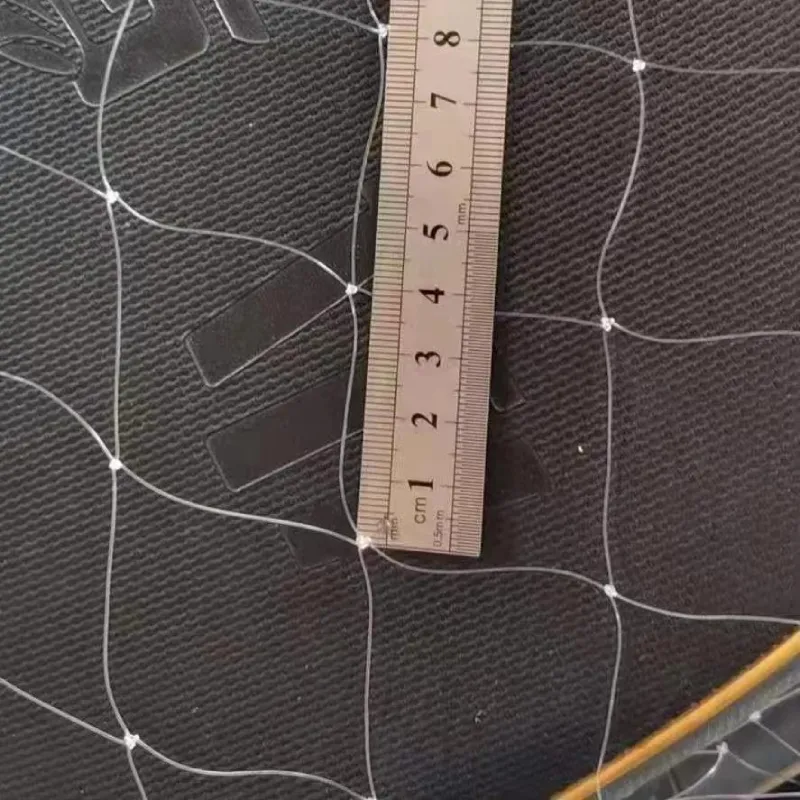Durable Stainless Steel Cable Netting for Enhanced Safety and Versatile Applications in Various Environments
The Versatility and Strength of Stainless Steel Cable Netting
In recent decades, stainless steel cable netting has emerged as a preferred choice in a variety of industries due to its impressive strength, durability, and versatility. This innovative material, made from stainless steel wires woven together to form a flexible, yet robust, netting structure, has proven to be an effective solution for numerous applications, ranging from architectural projects to wildlife conservation.
One of the primary benefits of stainless steel cable netting is its exceptional strength. Stainless steel, by nature, is resistant to corrosion and rust, making it an ideal material for outdoor use. Unlike traditional materials that may weaken over time due to exposure to the elements, stainless steel cable netting maintains its structural integrity, providing a long-lasting solution for various industries. This aspect is particularly important in construction and architecture, where safety and durability are of utmost concern. Architects and engineers have embraced stainless steel cable netting for its ability to support large weights and withstand high tension, making it suitable for applications such as safety barriers, mesh facades, and even decorative elements.
Another compelling reason for the popularity of stainless steel cable netting is its versatility. It can be customized to fit specific needs, whether that's changing the diameter of the cables, the spacing between them, or the overall size of the netting. This adaptability allows it to be used in diverse applications. In wildlife conservation, for instance, stainless steel cable netting is often employed as a means of deterring unwanted animals from entering sensitive areas, while still allowing smaller animals to pass through. Its transparent nature provides a visual barrier without obstructing views, making it an ethical choice for managing wildlife interactions.
stainless steel cable netting

In architecture, stainless steel cable netting is increasingly utilized in creating green walls where plants can thrive, enhancing aesthetic appeal and contributing to environmental sustainability. The strength of the netting supports vines and other climbing plants, allowing for vibrant vertical gardens that beautify urban spaces. Additionally, in the construction of modern buildings, stainless steel cable netting can be incorporated into façade designs, providing not only structural support but also protection against falling debris.
Moreover, stainless steel cable netting plays a crucial role in the transportation sector. It is often used in tunnels, bridges, and roadways as safety barriers. By ensuring the protection of both pedestrians and vehicles, cable netting helps prevent accidents while still allowing for the visual flow of the environment. Its resistance to harsh conditions makes it an ideal choice for these critical infrastructure projects.
Furthermore, the aesthetic appeal of stainless steel cable netting cannot be overlooked. Its sleek and contemporary appearance complements a variety of design styles, making it a popular choice for architects and designers. The shiny surface of stainless steel provides a modern look while blending seamlessly with natural surroundings, making it a versatile design element in landscaping and urban planning.
In summary, stainless steel cable netting stands out as a remarkable innovation that combines strength, durability, versatility, and aesthetic appeal. Its ability to serve various functions across different industries—ranging from construction and wildlife management to transportation and landscaping—makes it an invaluable material in today's world. As technology and design continue to evolve, the application of stainless steel cable netting is likely to expand, unlocking new possibilities and innovations across multiple sectors.
-
Anti Hail Net | UV-Stable, High-Strength Orchard ShieldNewsNov.17,2025
-
Anti Bird Netting – UV-Stable, Durable, Humane ProtectionNewsNov.17,2025
-
Welded Wire - Durable, Rust-Resistant Mesh, Custom SizesNewsNov.17,2025
-
Garden Mesh Sun Shade – UV-Resistant, Durable, Custom SizesNewsNov.17,2025
-
Bird in Net Solution: Humane, UV-Resistant Bird NettingNewsNov.17,2025
-
Stainless Steel Filters: Durable, Washable, High-FlowNewsNov.10,2025












